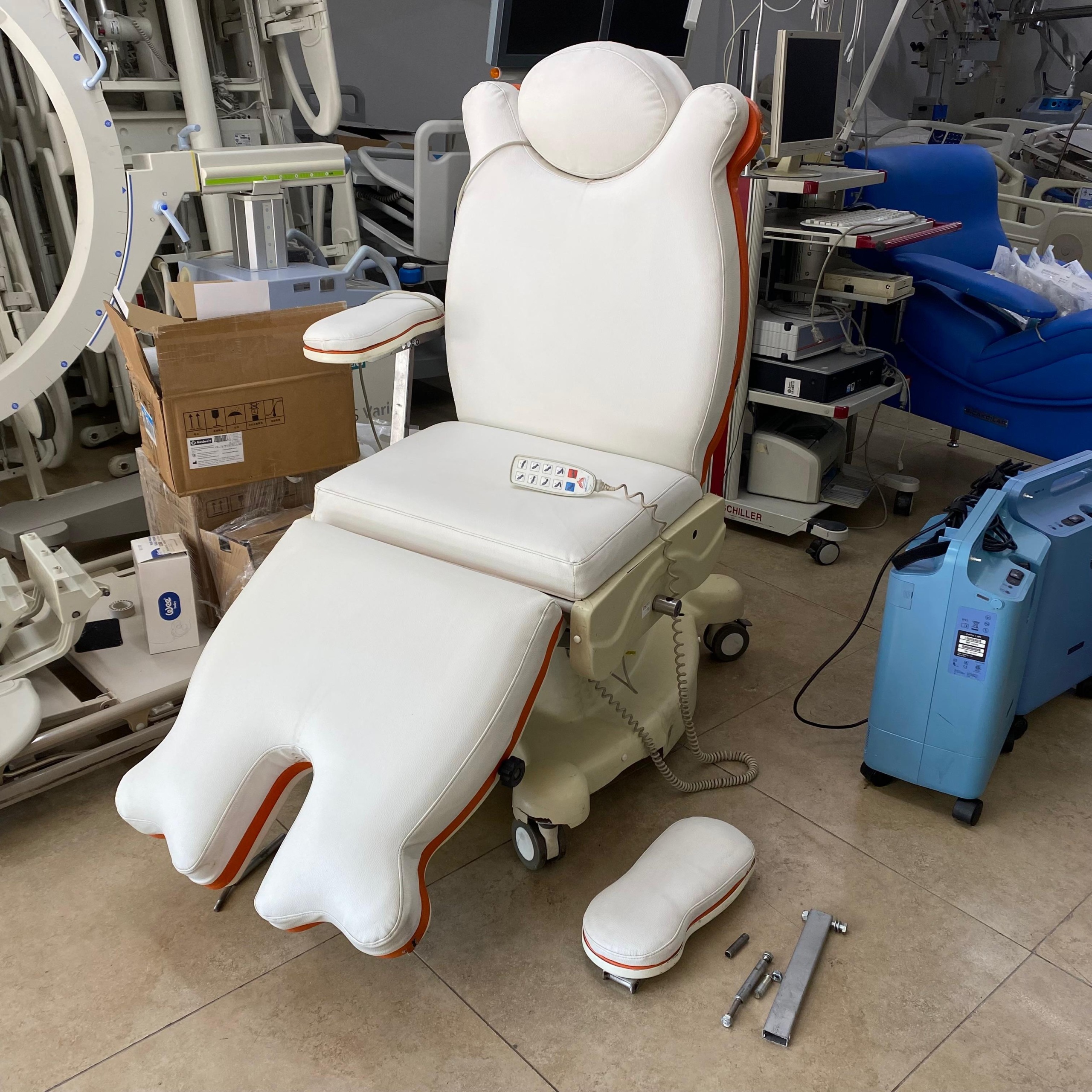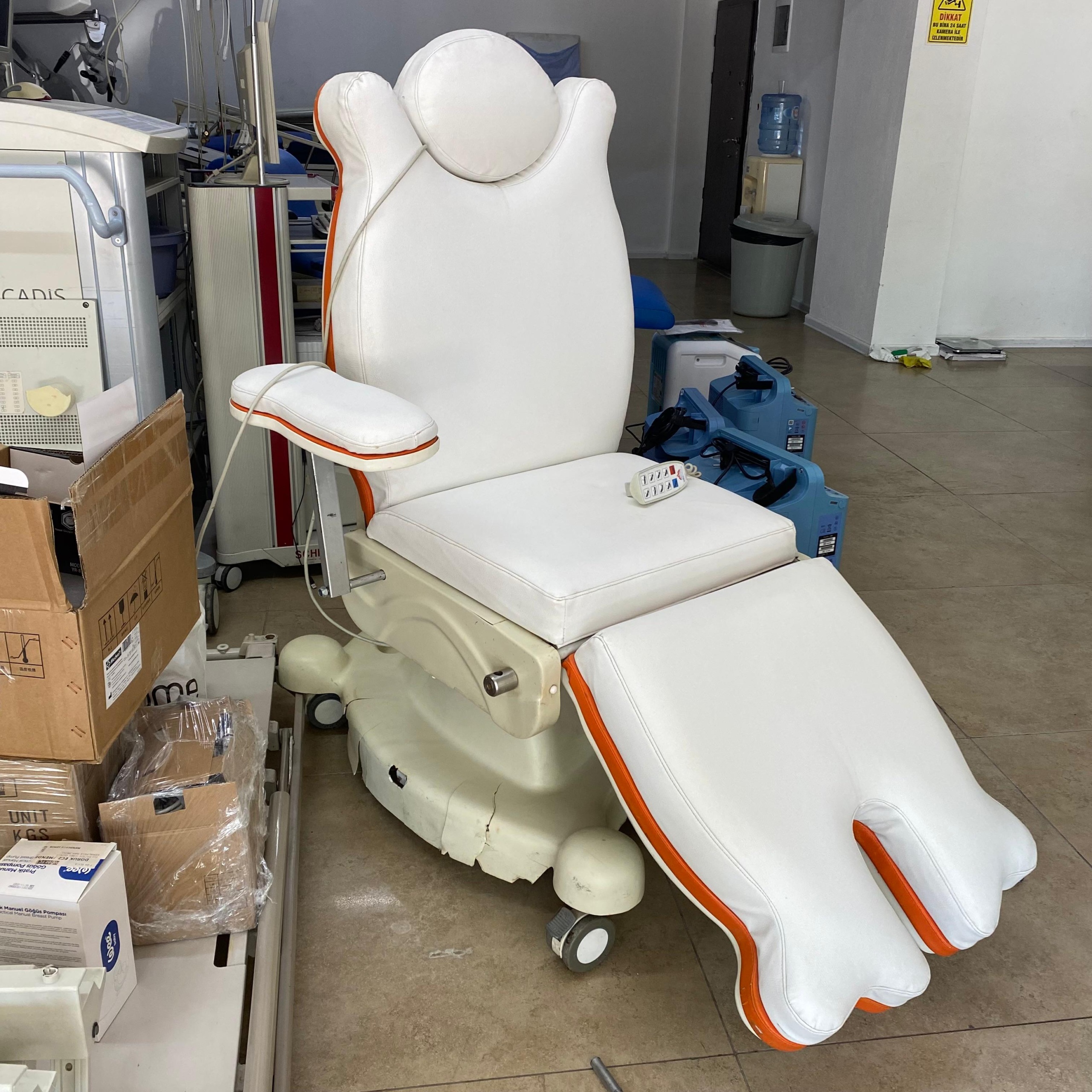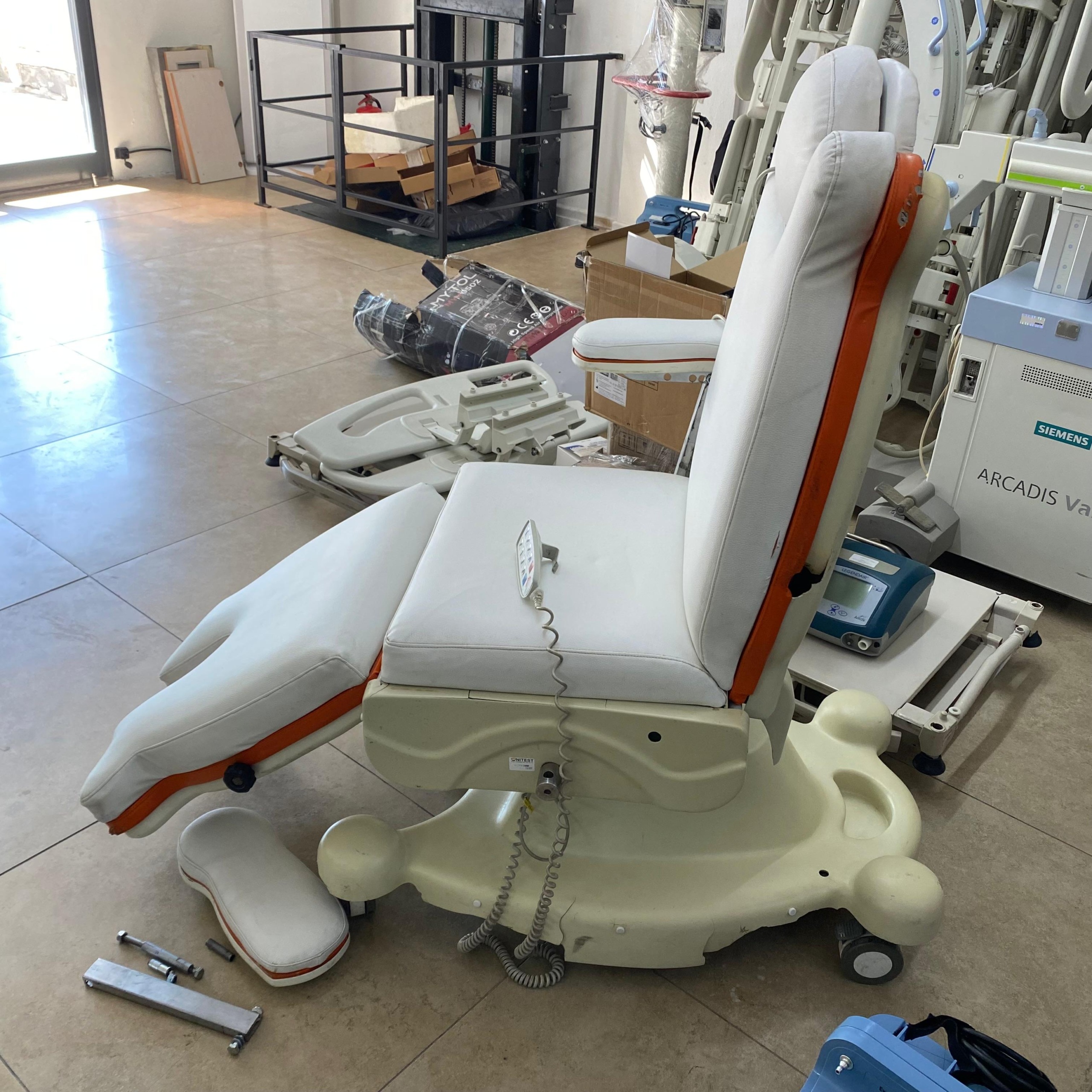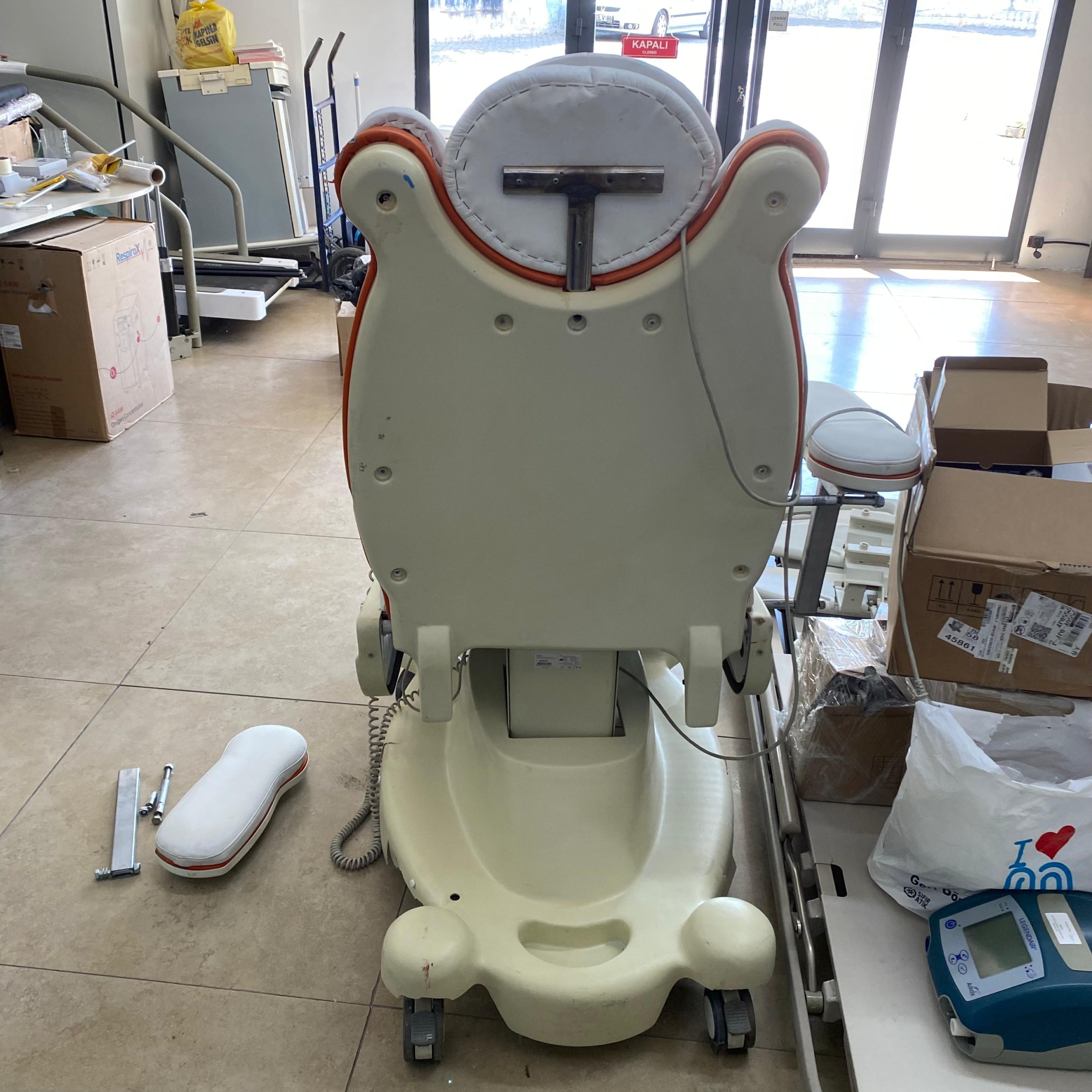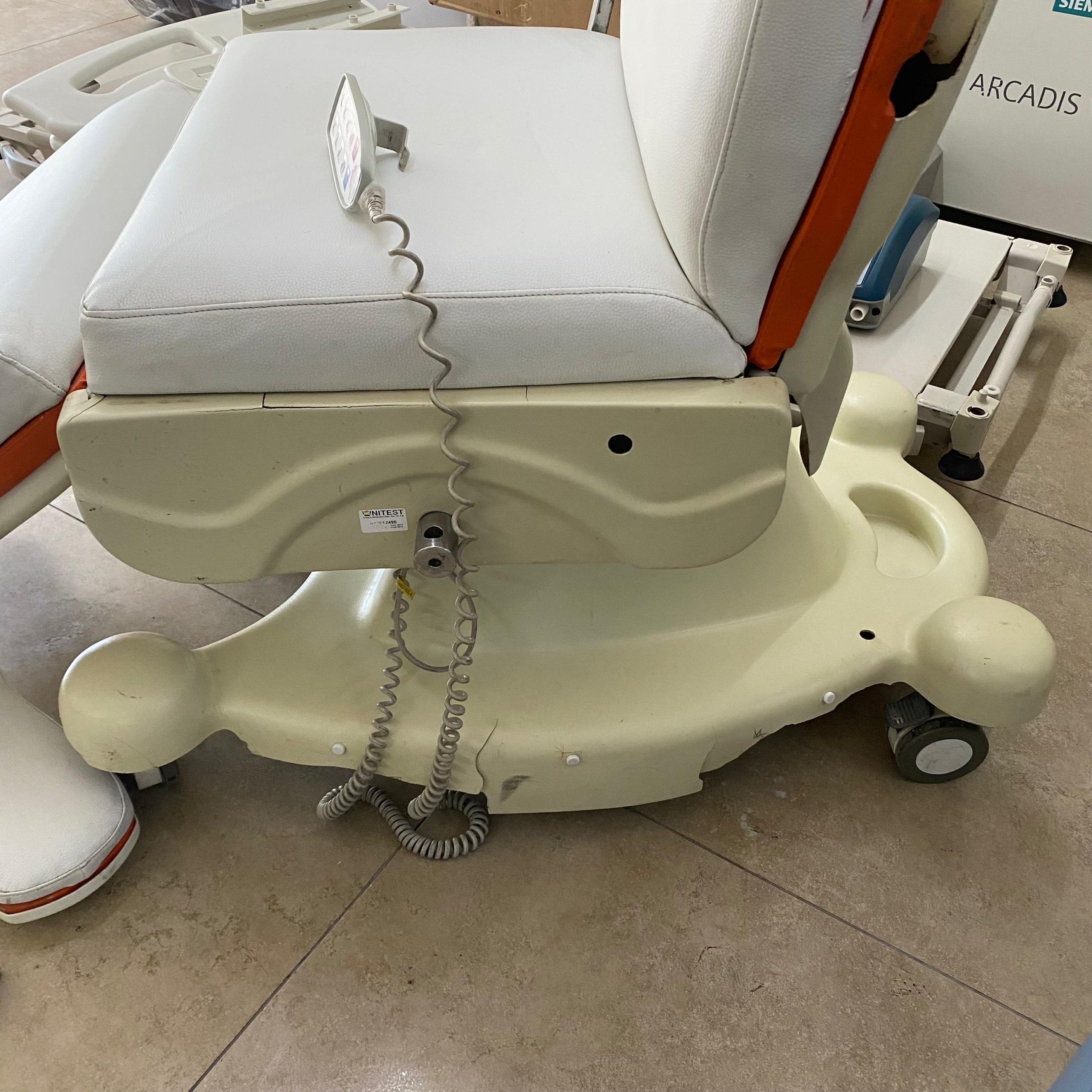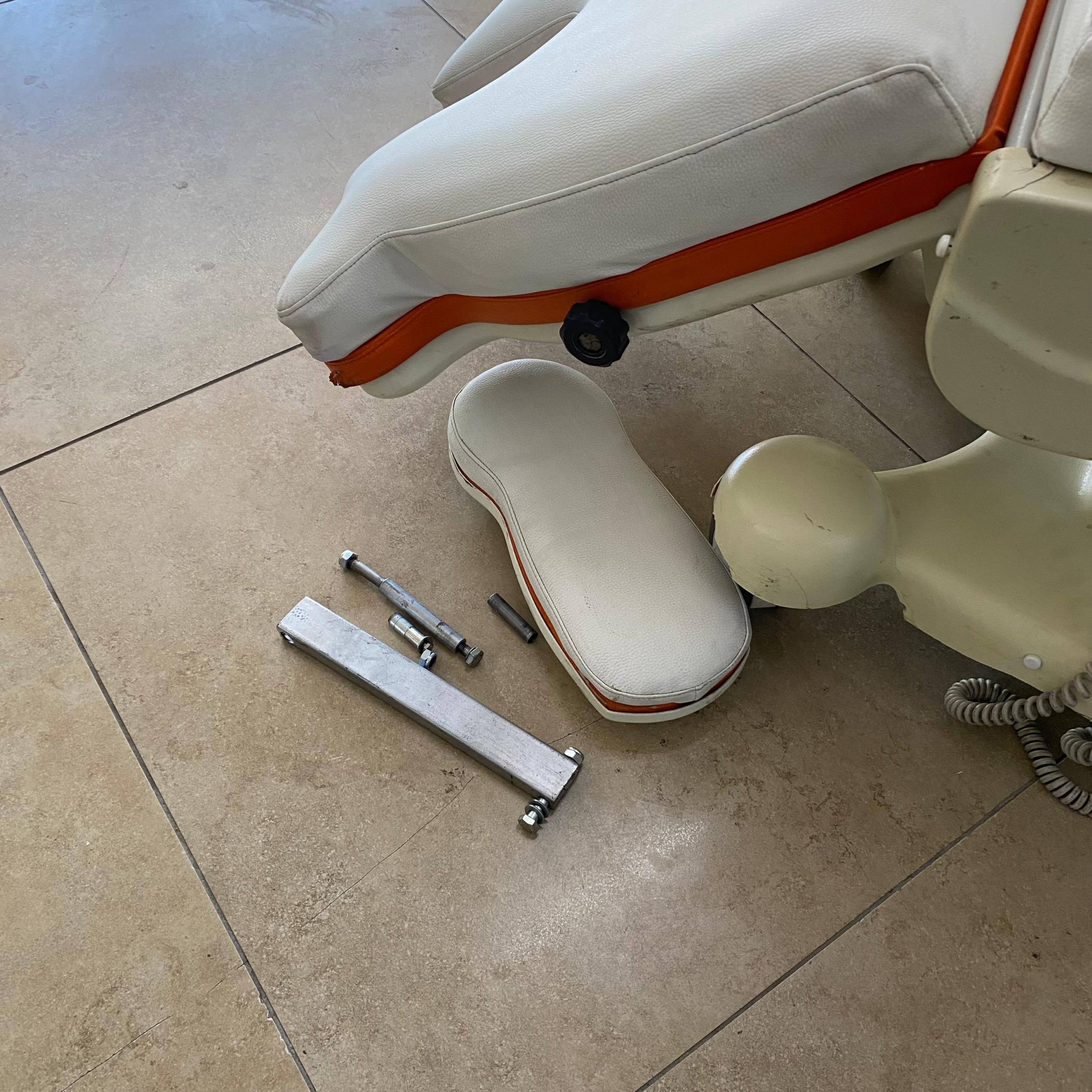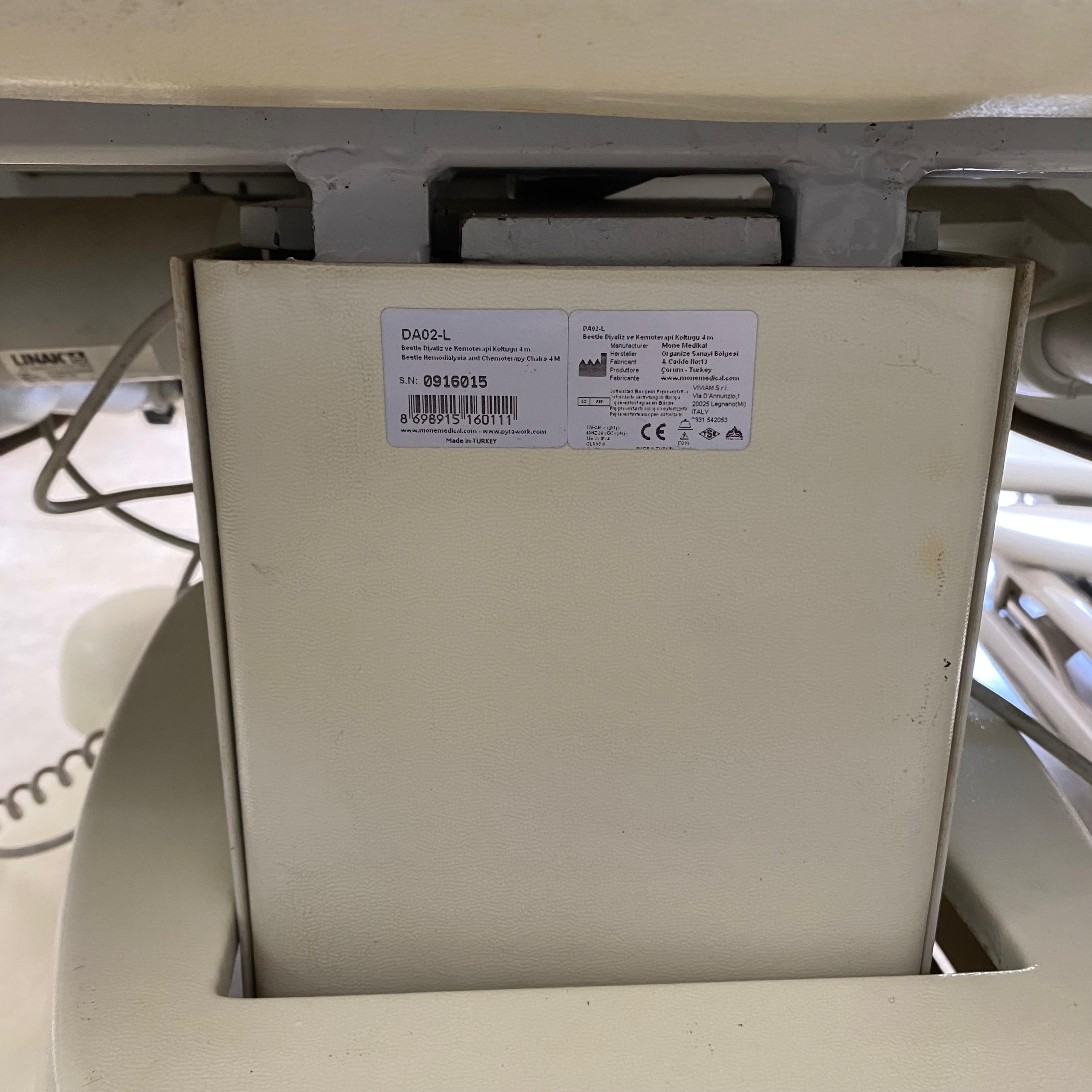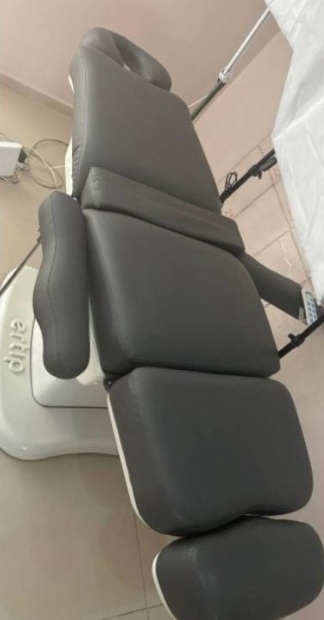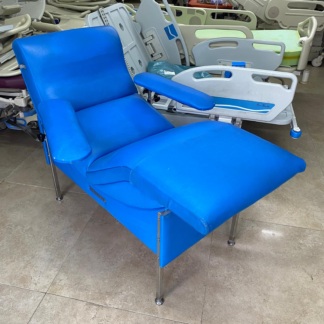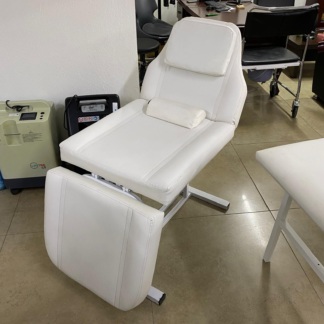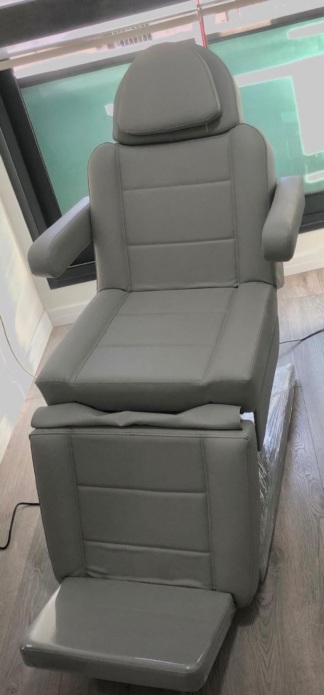Ready For Sale
Secondhand Pyrawork Beetle DA02-L 4 Motor Medical Chair
Price: USD$ 250,00 Approx: 11.000,00 TL
Ready For Sale
Ask a Question
Payment
No additional fees, full assurance. We provide complete financial and operational security in secondhand medical device trading. For this, we offer the "Secure Payment" service. This free service protects the rights of both parties by securing the buyer's money and the seller's product. The Secure Payment system is a standard assurance mechanism offered by Medbidding. For additional information, review the "services" page.
There is no cash on delivery order system on the Medbidding platform. For payments to be made by credit card, the product to be purchased must comply with this payment method. You can contact us to get information about this. We would be happy to assist you.
For payments made outside of Turkiye, you can choose bank transfer, credit card, Western Union or cryptocurrency options. Installment options are not currently available for credit cards other than Turkish banks.
Shipping
Standard Shipping Conditions
In order to ensure secure transactions on Medbidding, the shipping process is managed through four different scenarios depending on the location of the buyer and seller. Free shipping is available for some categories. The terms below apply to all categories unless otherwise stated.
Buyer and Seller in Turkiye
- Seller → Medbidding: The seller packages the product and sends it to the Medbidding operations center. The seller is responsible for this shipping cost.
- Medbidding → Buyer: The product, inspected by Medbidding engineers, is sent to the buyer's address. The buyer is responsible for this shipping cost.
Buyer Outside of Turkiye, Seller in Turkiye
- Seller → Medbidding: The seller packages the product and sends it to the Medbidding operations center. The seller is responsible for this shipping cost.
- Medbidding → Buyer: The product, inspected by Medbidding engineers, is sent to the buyer's address. The buyer is responsible for this shipping cost.
Buyer in Turkiye, Seller Outside Turkiye
- Seller → Medbidding: The seller packages the product and sends it to the Medbidding operations center. The seller is responsible for this shipping cost.
- Medbidding → Buyer: The product, inspected by Medbidding engineers, is sent to the buyer's address. The buyer is responsible for this shipping cost.
Buyer and Seller Outside Turkiye
- Technical Inspection: Technical inspections are performed by our business partner in the seller's country (where available) or by our engineers via remote video call.
- Seller → Buyer: The seller packages the product and sends it to the buyer's address. The seller is responsible for this shipping cost.
Objective AI Report
Disclaimer: I am Medbidding AI. I am an unbiased AI robot. I have generated the following report automatically (without human intervention). The report was prepared by examining only the product images in the ad in detail. The report may contain errors. Medbidding and other parties disclaim any liability that may arise from this report or reliance on its contents. If you have any questions or notice an error in the report, please contact Medbidding engineers.
Report date: 22.07.2025
Pyrawork DA02-L Blood Drawing and Chemotherapy Chair Analysis Report
General Overview and Product Description
The product shown in the images is a motorized, functional medical chair. According to the label on the product, the device is identified as a Pyrawork brand, DA02-L model Blood Drawing and Chemotherapy Chair. The overall structure, upholstery quality, and label information suggest that the product is genuine. This chair is designed for patients in healthcare institutions such as hospitals, clinics, and dialysis centers to sit or lie comfortably during blood drawing, chemotherapy, dialysis, or similar medical procedures.
Quantity Information and Accessories
The following products and accessories have been identified in the images:
- 1 Pyrawork DA02-L main chair unit
- 1 hand controller connected to the chair by a cable
- 1 detached cushioned part lying on the floor (likely an armrest or footrest)
- 1 metal mounting bar and fastening components (screws, pins, etc.) belonging to the detached part
The fact that a part of the chair is detached indicates that it is incompletely assembled in its current state. The controller is connected to the device via its spiral cable.
Physical Condition and Deformation
The overall condition of the device is assessed as used. Various deformations due to use have been observed on different parts of the product.
- Chassis and Plastic Components: The cream-colored plastic base chassis of the chair has noticeable scratches, scuff marks, and dirt. There is significant wear, especially on the lower parts of the base and around the casters. A visible crack or deep fissure is present on the lower right side of the chassis.
- Upholstery: The white-colored artificial leather upholstery is generally in good condition. No tears or rips have been detected. However, some light soiling can be seen in places. The orange-colored piping and details are intact.
- Metal Components: No rust or bending has been observed on the metal connection points behind the backrest or on the detached metal part lying on the floor.
Mechanical and Electronic Condition
Upon visual inspection of the chair’s mechanical and electronic components, it was determined that all four casters are in place and the movement mechanisms appear intact from the outside. The hand controller and its cable are physically sound, with no crushing or breaks in the cable. The motor and mechanism box located under the chair is closed and protected. No battery was observed on the device; it is presumed that it needs to be connected to the mains for operation.
Label Information
The following information was read from the manufacturer’s label located on the underside of the chair:
- Model: DA02-L
- Description: Blood Drawing and Chemotherapy Chair 4 Motors
- Manufacturer: Pyrawork Tıbbi ve Kurumsal Ekipmanlar A.Ş.
- Serial Number (S.N): 0916015
- Barcode Number: 8698915160111
- Origin: Made in TURKEY
The label also includes standard conformity marks such as the CE marking. A clear manufacturing year is not specified.
Potential Risk Assessment
Based on the visual inspection, a few potential risks can be mentioned. Firstly, it must be ensured that all fastening components are present for the reassembly of the detached part (armrest/support). The functionality of this part should be checked after assembly.
The crack on the plastic chassis, while currently appearing to be a cosmetic flaw, could grow over time and compromise the integrity of the chassis. This situation should be monitored carefully as it has the potential to affect the device’s mechanical stability. These stated potential risks are solely a forecast based on visual evidence and do not imply that the device has a definitive fault.

